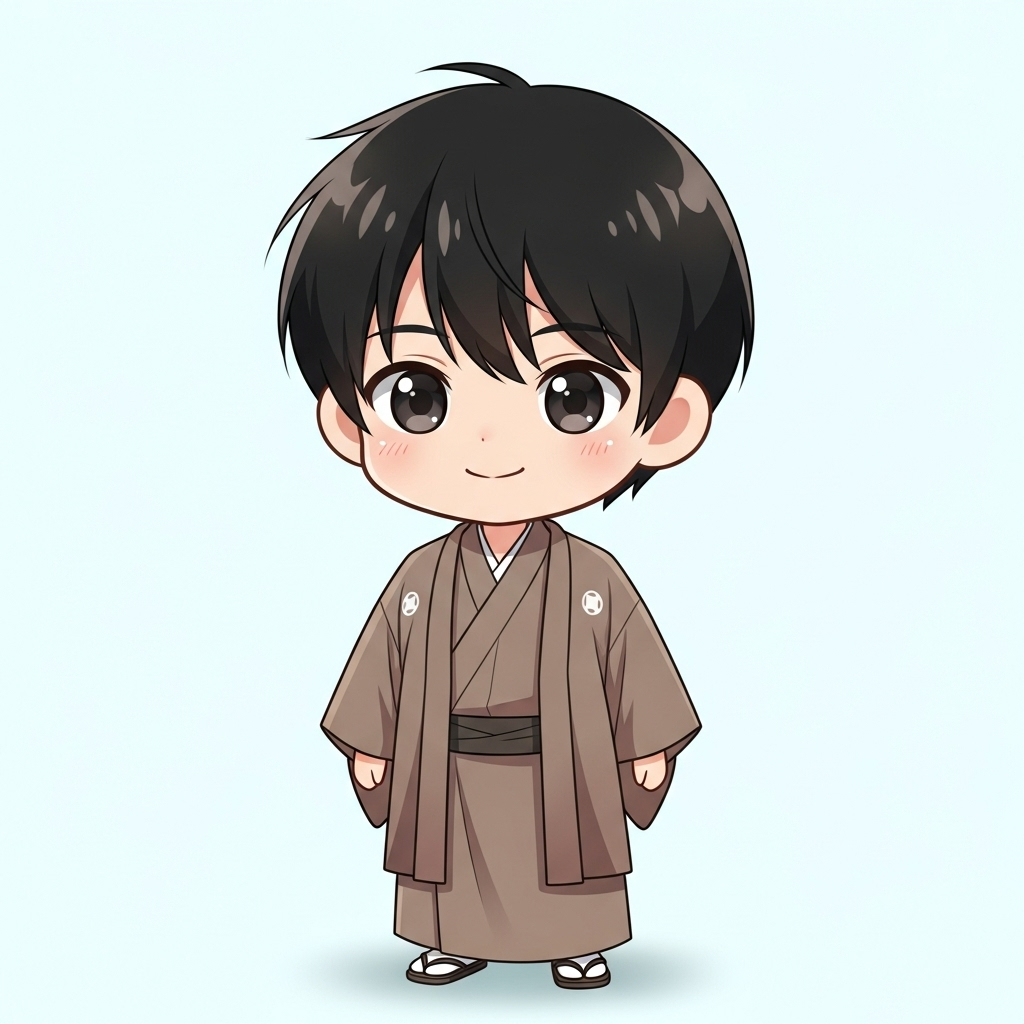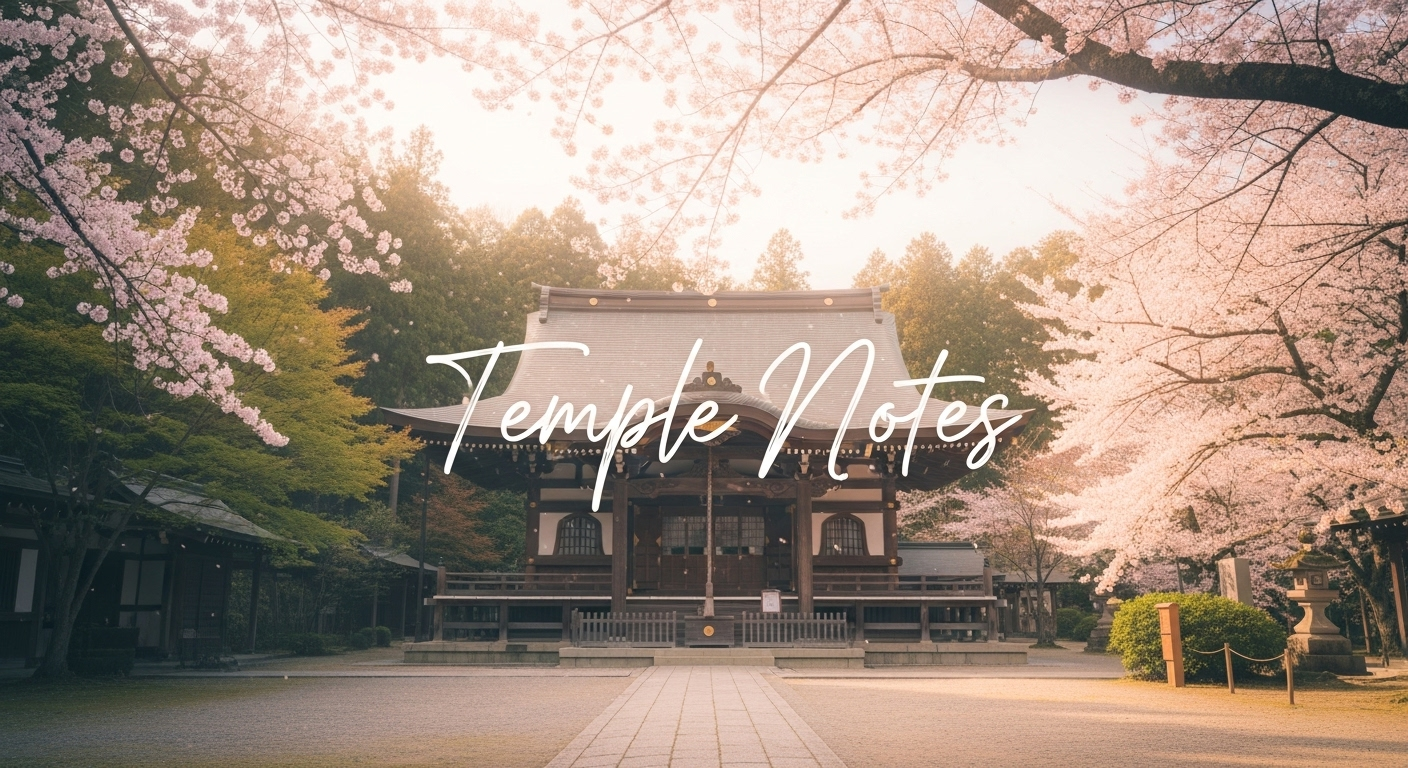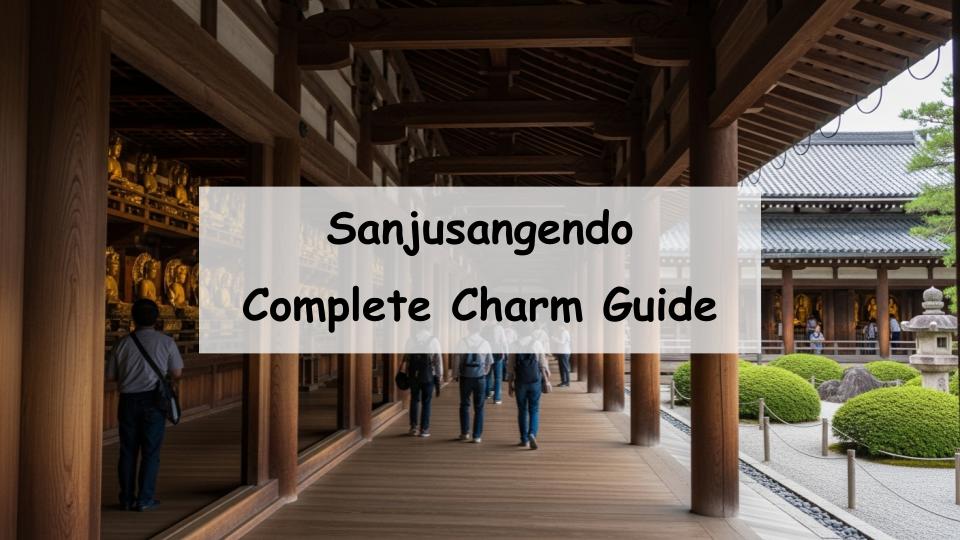When it comes to sightseeing in Kyoto, Sanjusangendo is a must-see destination.
Many visitors wonder, “What does it look like to see a thousand statues lined up in one hall?” “When is the best time to visit without crowds?” “Is it easy to get there?”
In short, Sanjusangendo is a place where the grandeur of scale and the tranquil beauty of Kyoto coexist in perfect harmony.
This article explores the temple’s history, main features, highlights, visiting tips, and detailed access information.
By learning about Sanjusangendo beforehand, you can appreciate its overwhelming beauty even more deeply.
What Is Sanjusangendo? History and Overview
Known officially as Rengeo-in Hall, Sanjusangendo belongs to the Tendai sect of Buddhism and is located in Kyoto’s Higashiyama district. It is open to the public year-round, with visiting hours generally from morning to late afternoon.
Origin of the Name “Sanjusangendo”
The name Sanjusangendo literally means “Hall with thirty-three spaces between columns.” The number thirty-three is symbolic in Buddhism—it represents the thirty-three manifestations of the Bodhisattva Kannon (Avalokiteshvara), who takes on different forms to save all beings.
Founding and Reconstruction
Sanjusangendo was originally built in the late Heian period by order of Emperor Go-Shirakawa and constructed by Taira no Kiyomori. The original structure was destroyed by fire but was rebuilt in the Kamakura period, and the current hall dates from that reconstruction. It has since undergone several restorations, preserving its form for over 700 years.
Cultural Significance
Designated as a National Treasure, Sanjusangendo houses invaluable Buddhist sculptures and represents one of the pinnacles of Japanese religious art and wooden architecture. It plays an essential role in Kyoto’s cultural landscape.
Highlights of Sanjusangendo
The Thousand Standing Statues of Kannon
The most famous feature of Sanjusangendo is its 1,001 statues of Kannon. Each life-sized statue has unique facial expressions and hand gestures, arranged in elegant rows that stretch across the hall. The harmony and intricacy of these figures create an awe-inspiring sight.
The Central Seated Statue of Kannon
At the center of the hall sits a large seated Thousand-Armed Kannon, about 3.5 meters tall. Crafted from Japanese cypress and adorned with gold leaf, it represents the heart of the temple’s spiritual presence.
The 28 Guardian Deities and the Wind and Thunder Gods
Flanking the main Kannon statues are the 28 guardian deities and the striking figures of Fujin (Wind God) and Raijin (Thunder God). These powerful sculptures were carved by master artisans of the Kamakura period and display a vivid sense of motion and divine energy.
Architectural Beauty and the Tradition of “Toshiya”
The long wooden hall of Sanjusangendo, measuring about 120 meters, is renowned for its graceful structure and serene atmosphere. Historically, it was also the site of the famous Toshiya archery contest, where archers would shoot arrows the entire length of the hall, symbolizing endurance and precision.
How to Enjoy Sanjusangendo to the Fullest
Visiting Hours, Admission, and Duration
Typical visiting hours are from 8:00 a.m. to 5:00 p.m., and admission takes about 30–60 minutes. Allow enough time to slowly take in the intricate details of the statues and architecture.
Best Times to Avoid Crowds
The quietest times to visit are early morning right after opening or later in the afternoon. Weekends, holidays, and the Toshiya archery event period in January tend to be crowded, so visiting on a weekday morning is ideal.
Photography Rules and Etiquette
Photography is generally allowed in the temple grounds but strictly prohibited inside the main hall. Visitors are asked to respect the sanctity of the temple and refrain from using flash or tripods, even outdoors.
Outdoor Photography Etiquette
When taking photos around the temple grounds, avoid obstructing walkways or other visitors. Large equipment such as tripods may not be permitted.
Indoor Photography Restrictions
Photography and video recording inside the hall are strictly forbidden. This rule helps protect the ancient wooden structures and maintain a respectful atmosphere for worshippers.
Access to Sanjusangendo
From Kyoto Station
Sanjusangendo is about a 15–20-minute walk from Kyoto Station. You can also take a city bus to “Hakubutsukan Sanjusangendo-mae” or ride the Keihan Line to Shichijo Station, which is about five minutes on foot from the temple. Taxis from Kyoto Station take only a few minutes.
Model Course with Nearby Attractions
Because of its central location, Sanjusangendo can be easily combined with nearby attractions like the Kyoto National Museum and Kiyomizu-dera Temple. A morning visit to Sanjusangendo followed by an afternoon stroll to these sites makes for an efficient and fulfilling itinerary.
Parking and Transportation Tips
Parking near the temple is limited, and public transportation is highly recommended. Buses and trains provide convenient access and help avoid traffic congestion.
Nearby Attractions and Dining
Nearby Landmarks: Kiyomizu-dera and Kyoto National Museum
Sanjusangendo is surrounded by major cultural landmarks such as the Kyoto National Museum, Kiyomizu-dera, and Tofuku-ji. Visiting these sites together offers a well-rounded experience of Kyoto’s artistic and spiritual heritage.
Cafes and Restaurants Near Sanjusangendo
After visiting the temple, you can relax at nearby cafés or enjoy Kyoto-style cuisine at local restaurants. Many offer matcha sweets or seasonal dishes, perfect for unwinding after a spiritual experience.
Useful Knowledge Before You Visit
Annual Events
Throughout the year, Sanjusangendo hosts various events, including the famous Toshiya archery contest in January. During such events, the temple can become crowded, so checking the schedule in advance is advisable.
The Toshiya Archery Contest
Dating back to the Edo period, Toshiya (The Great Archery Tournament) is a traditional New Year event held at Sanjusangendo. Archers compete to shoot arrows through the entire length of the hall, a distance of 120 meters. The event celebrates precision, focus, and spiritual strength.
Seasonal Highlights: Cherry Blossoms and Autumn Leaves
In spring, cherry blossoms frame the temple beautifully, while autumn brings brilliant foliage to the surrounding gardens. Each season offers a unique and picturesque atmosphere for visitors.
Conclusion: Experiencing the Serenity and Majesty of Sanjusangendo
Sanjusangendo stands as a symbol of Kyoto’s cultural and spiritual richness. Its thousand Kannon statues, stunning architecture, and deep historical roots create an unforgettable experience.
Plan your visit in the morning, observe the temple’s etiquette, and take time to appreciate its tranquil ambiance. Whether you are a history enthusiast, art lover, or spiritual traveler, Sanjusangendo is a destination that embodies the timeless grace of Kyoto.
A Message from the Guide

It’s an incredible temple where each of the 1,001 statues of the Thousand-Armed Kannon Bodhisattva is designated as a National Treasure.








Comment